Are big ships going down in history?
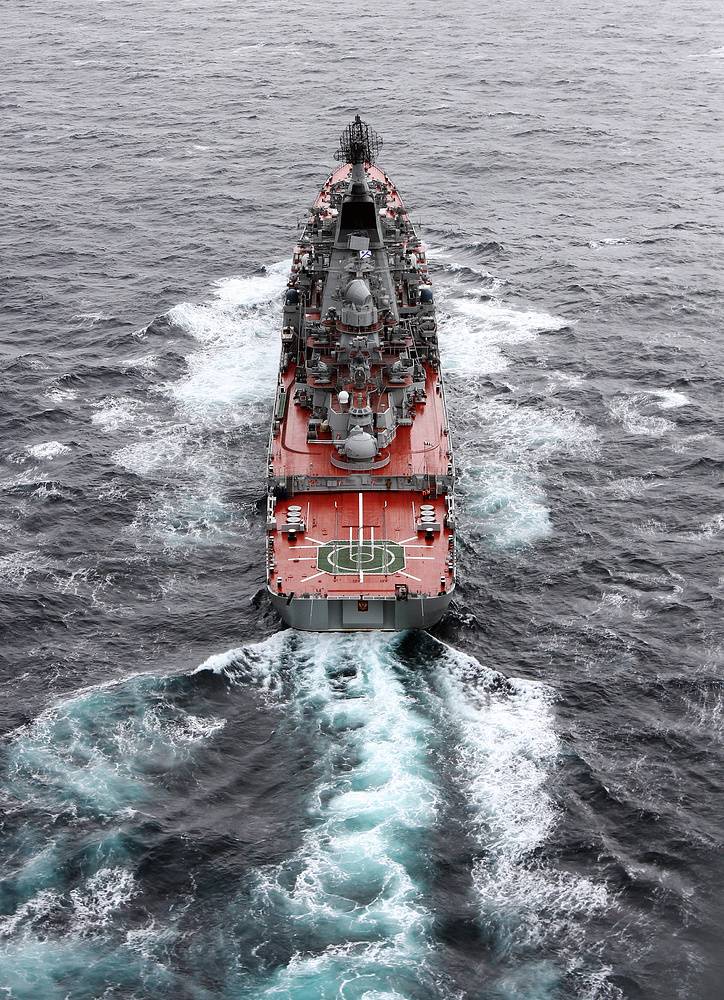
If you look at how military shipbuilding has developed over the past 150 years, you can draw a lot of conclusions. In general, our civilization has come a long way in terms of destroying our neighbors, including at sea.
In 1853, the brilliant battle of Sinop died down, in which sailing ships took part for the last time. And the timid steam-frigates, which were not close in armament to the white-sailed handsome men, for some reason, in some 50 years, progressed to the battleships of Tsushima.
Then everything went by leaps and bounds. The Battle of Tsushima took place in 1905, and literally 11 years later, battleships, which seemed to form the basis of all fleets, were already hopelessly outdated and suitable for secondary roles. In the battle of Jutland in the First World War, dreadnoughts and battlecruisers already ruled the death ball.
And after another 30 years, such monsters appeared on the seas, from the sight of which the blood in the veins of the crew members of the battleships should have curtailed in general. Agree, there was something diabolical in the swift and deadly beauty of the Mogami-class heavy cruisers, the rationality of the gopnik with a bat of the Cleveland-class light cruisers, and the prim sophistication of the British "colonists".
About the battleships that went to history, you can also say a few words, but after the end of the Second World War, they went after the battleships. Into history. By the way, cruisers also went with them. Those archaisms that remained in fleets today, this is an exception. I mean the wreckage of the empire, the heavy nuclear cruisers of the Orlan project. In principle, they are just as useless today as battleships, mainly due to the fact that the use of these ships in battle will inevitably lead to their death.
The rest of the classes began to undergo various changes. Today it is already difficult to understand who is who. It seems that the missile cruiser Ticonderoga has a total displacement of 9 tons, and the destroyer Arleigh Burke of the second series - 800 tons. And the total displacement of the new Chinese project 9 destroyer reaches 440 tons. And the Moskva missile cruiser has a displacement of 055 tons.
Is everything mixed up? In fact, yes. In fact, only the number of UVP cells matters, from which missiles can be launched both to protect the ship and to attack other objects. Ticonderoga has 122 UVP cells, and even 2 x 4 anti-ship missile launchers "Harpoon". "Arleigh Burke" - 96 cells, plus the old versions had the same 8 "Harpoons". That's the whole difference between a destroyer and a cruiser. If we add here the same speed and range, then it will be difficult to find a difference at all. Except in the electronic stuffing of ships.
So in fact - as you want, classify the ship. It turns out, of course, it's funny when a "huge" missile cruiser is smaller than a "modest" destroyer.
Yes, today many experts call the Chinese destroyer of project 055 a missile cruiser. The Chinese themselves believe that this is a destroyer. In principle, there is no difference in how the ship is called, the main thing is what its combat characteristics are.
But classification remains a very important part of military analysis. Indeed, how can one compare on paper the capabilities of one fleet or another, if only to assess the capabilities of a potential enemy’s fleet and determine one’s own capabilities in terms of counteraction?
So yes, there should be a classification.
The first class will remain aircraft carriers.
They will not go anywhere from the surface of the sea, at least until there is no need to project force on certain parts of the planet. Of course, it cannot be said that aircraft carriers and helicopter carriers are such a force, especially if you look at how many aircraft carriers in the world can boast of their combat readiness. The number is more than modest, and here stones can fly to both British and French gardens. But - they are. And here, in this class, there is a place for UDC.
The second class is tactical attack ships.
It will just have missile cruisers and destroyers. Or attack ships that have signs of cruisers and destroyers. As for anachronisms like "Orlanov", in some 15 years they will no longer be in principle, so you should not pay attention to them and classify them.
The third class is frigates and corvettes.
Defense strategy ships. Although it is worth noting that frigates are rapidly getting fat and catching up with destroyers in terms of tonnage. As an example, we can take a family of German frigates.
"Bremen" - 3750 tons
"Brandenburg" - 4490 tons
"Saxony" - 5690 tons
"Baden-Württemberg" - 7200 tons.
Almost doubling of displacement from the mid-70s of the last century to the present.
Corvettes remain ships with a displacement of about 1500-2000 tons.
The fourth class is missile boats, minesweepers and other small ships.
Further, it is worth noting that in our time, surface ships have more effective opponents than, say, in the Second World War. Aircraft, ship-based and coastal-based missiles, torpedoes.
And here the main shortcomings of large warships are clearly visible: they are slow, non-maneuverable, the main defensive means are very difficult (and often impossible) to reload at sea. And unlike submarines and aircraft, modern ships maneuver in two dimensions.
Yes, ships have artillery systems and missiles that, under computer control, are able to repel most threats, but it should be noted that missiles, torpedoes, and even bombs from the last war have become significantly “smarter” and pose a considerable threat.
That is, in any modern conflict, everything that the enemy can release from his side will fly into surface ships.
It is clear that the protective capabilities of the ships have also increased significantly, but they are not endless. In fact, it will be a war of attrition. Whoever empties the launch cells first loses.
In general, the special vulnerability of surface ships became noticeable even in that war. Especially if the attacks were combined, from the air and from under the water. As an example, it is not worth citing the death of the large ships Yamato, Repulse and Prince of Wales, since these ships went without proper air cover. Roughly the same thing happened with the PQ-17 convoy.
Here it is worth recalling the 1942 operation of the year, which was carried out by the forces of the British fleet to Malta. Operation Pedestal, when simply the strongest squadron of the Royal Navy, consisting of 4 aircraft carriers, 2 battleships, 7 light cruisers, 32 destroyers, was supposed to deliver 14 transports with military cargo to Malta.
If we leave behind the scenes the ridiculous attempts of the Italian cruisers to portray something intelligible, then German and Italian bombers and torpedo bombers, as well as submarines of the Italian fleet, acted against the squadron.
At the cost of 2 lost submarines and 50-60 aircraft, the Germans and Italians sank 9 out of 14 transports. And besides, an aircraft carrier, 2 cruisers and a destroyer were sunk. Moreover, 34 British aircraft were shot down, an aircraft carrier and two cruisers were damaged.
And this is not a defenseless convoy left without cover. This is a full-fledged squadron, with aircraft on aircraft carriers.
The second example is the battle for Okinawa. It's 1945, the US has an overwhelming advantage at sea and almost complete control of the air. More than 1000 ships, including about a hundred aircraft carriers and escort aircraft carriers. However, the capture of Okinawa came at a cost, mainly due to kamikaze attacks. The Japanese army and navy were incapable of anything else, but nevertheless: about 400 ships and vessels (368, according to the Americans) received damage of varying degrees of complexity, and 36 (including 12 destroyers and 15 landing ships) were destroyed.
Today's anti-ship supersonic missile is superior to kamikaze in all respects. And, if the coordinated massive kamikaze attacks were successful, and they were successful, then what will happen to any squadron of modern ships that come under a massive missile attack from all directions is not difficult to predict.
Aircraft with anti-ship missiles and missiles, moreover, not large and noticeable strategic bombers, but conventional fighter-bombers capable of bringing an anti-ship missile to a distance when it will be most difficult to neutralize it, coastal complexes, missiles from ships, missiles and torpedoes from submarines - all this makes surface ships not the most comfortable place in modern combat at sea.
But the most annoying thing is that ships today have less combat capabilities than their predecessors from the Second World War. I'm not only talking about armor, which is practically non-existent on ships today, and there is no point in it, supersonic anti-ship missiles will solve the problem of any armor. I'm talking about ammunition.
A modern ship is only good when its launch slots are full. Like an artillery cellar. As the BC is used up, the value of the ship decreases exponentially, and there is no getting away from this. Reloading at sea during combat is fantastic. All modern ships are forced to act according to the “hit and go” scheme, since in principle a protracted battle in the style of the last century is impossible.
In general, what is the theoretical modern combat? Nothing more than reaching the distance of launching one's own missiles, preferably outside the zone of action of enemy missiles, or in the zone of action, but with the maximum opportunity to fight them off. Launch and escape until enemy missiles fly up.
No romance of past years, solid pragmatism. The more missiles per salvo you can fire at the enemy, the less chance he has of surviving. The more anti-missiles in their cells, the more likely they are to survive on their own.
It is clear that a modern URO destroyer is capable of doing more things than a couple of battleships from the Second World War. Moreover, working along the shore, the destroyer is able to point-destroy the necessary objects with missiles, and not plow the area with shells.
Everything is the same at sea. The smaller the ship, the more likely it is to survive. Frigates and corvettes, whose strike armament consists of 4-8 anti-ship missiles, are the ships of tomorrow. Hit and go.
Handsome men like "Peter the Great", of which there are only two left in the world, are a relic of the past.
In modern combat, these ships can only die beautifully, pulling the maximum amount of enemy ammunition onto themselves. This is logical, since there is no talk of any invisibility. But while Peter the Great will fight off a flock of enemy anti-ship missiles with its missiles, other ships of the fleet will be able to complete their task of defeating the enemy. Unless, of course, we have these other ships. We should at least advocate for this systematically and regularly.
Large ships are potential suicide bombers. That in a mutual battle, that in a defensive battle, that in an offensive one.
The fact that this trend is gradually spreading to the fleets of the whole world is visible to the naked eye. Fleets are getting smaller, ships are getting smaller.
Now many will begin to nod towards the countries that… Well, yes, of course. United States, the main naval force. But today they are really trying to do something with this huge bunch of ships, which consumes money in huge quantities and is not capable of anything like that.
Others are no better off when it comes to NATO fleets. There is just a field for malicious criticism, but the fact is no better.
The dynamically and ambitiously growing fleets of Japan, China, and India are beautiful and impressive today. What will happen in 10-15 years, when the ships wear out the resource, is worth a look. And European countries are steadily demonstrating a decrease in the number of surface ships.
In principle, a compact fleet of small but well-armed ships is not such a bad idea. Which is better, a destroyer carrying 90 missiles, or three frigates armed with 30 missiles each? The question, of course, is the same. The construction of one destroyer will require fewer resources than three frigates, this is understandable. But drowning a destroyer is somewhat easier, despite all the tricks in terms of stealth. It is easier for a frigate to hide, primarily due to its size.
Of course, a ship with a large size is a more stable platform, more power-armed, which means that if there is more energy, it can be properly spent on the same electronic warfare systems.
But sizes don't really matter anymore. The Yamato was a very powerful ship. Intimidating. And what about the American planes that pounded him? But they won. "Peter the Great" is a very large and formidable ship. But the only question is how many missiles will need to be fired to disable it. quantitative question.
Of course, it is much more profitable to entrust the protection of the coast to small, inconspicuous ships carrying a sufficient amount of anti-ship missiles in order to, if not sink, then drive away the enemy. In order to fight at a distance from their shores, ships of a different class and size are needed.
It is clear that more is needed, and more of everything: water, food, fuel, everything is needed more. Accordingly, the sizes grow further in a circle. There's nothing you can do.
Involuntarily, you will begin to think about the fact that the submarine is the most effective tool for dealing damage. Since submarines have learned to launch missiles without appearing on the surface, they have become a very sophisticated tool for naval warfare. Many components of modern fleets are aimed at searching for and destroying submarines, and nevertheless, a submarine is, first of all, an inconspicuous strike ship that has every chance of hitting and hiding.
After that, you begin to think that the project of a diving ship equipped with both torpedoes and missiles, recently voiced by the Russian Central Design Bureau of MT Rubin, is not such a fantasy.
What do they want in the armies and navies today? First of all, to ensure the maximum survival of trained and trained military personnel. Today it is no less expensive component of any armed forces. It is very difficult, and most importantly, it is expensive to train, grow, and test an intelligent specialist. And lose it just like that? Not serious. Yes, a kind of business, but nonetheless. This is understandable and justified.
Therefore, it is clear that in the future the number of ships with a displacement of more than 10 tons will be significantly reduced. And no limiting agreements will be needed, this is the case when reality dictates not so much demands, but reasonable limitations.
Submarines will play an even more significant role in maritime confrontations, as they meet all the requirements in terms of stealth.
Countries that are solely concerned with the protection and defense of their coastline will build more ships of the corvette and boat classes, as this is economically beneficial and justified in terms of saving human resources.
Of course, there will always be a place in the world for those who dream of demonstrating to everyone the power of their fleet. And these countries will still build huge and often useless ships in order to flex their muscles both in the regions and around the world.
The only question is money.
And what is most interesting is that Russia does not belong to either the first or the second group!
Alas, the location of the water spaces of our country does not allow to pupate in coastal areas and sit quietly there. And we get our own way, somewhat different from the rest of the world. As always, though.
Black Sea. Here we have an almost toothless provocateur Ukraine and Turkey, which will bend its line always and in everything. So the more we have high-speed, stealthy and well-armed ships, the better. And yes, we have a target ship. It is difficult, and not necessary, to demand something more from the Moskva GRK. But it makes sense to demand from the industry "Varshavyanka" and support ships with cruise missiles.
Baltic Sea. Everything is the same, but submarines can be replaced with anti-submarine ships and the same small-format anti-ship missile carriers.
North direction. Here you can post anything you want. A sort of sump for old ships, where they can calmly and majestically live out their lives. It is clear that our dull aircraft carrier "Admiral Kuznetsov" is unlikely to ever get out to fight, and it's not worth it. The main strike force of Russia in the North is nuclear submarines. Therefore, what is needed is anti-submarine ships and minesweepers, the main duty of which is to ensure the safe withdrawal of submarines to positions and upon return.
And, of course, the protection of areas from unexpected visitors in the face of American submarines.
Huge ships are not needed for this, as you understand.
Pacific Ocean. This is where it's the hardest. There is a certain tension here and, in fact, an enemy with a superior fleet. Everything is needed here and it was needed yesterday. The Pacific Fleet has submarine forces, but surface forces are a sad sight. Yes, the new project 1144 rocket collector is being repaired, but it is hard to say when the repairs will be completed.
Meanwhile, on the Kuril Islands, the construction of a couple of small naval bases is still requested, where it will be possible to receive and service both submarines (diesel-electric, of course) and missile ships capable of eliminating the threat from Japan if necessary.
If you look at all four water areas, you get an interesting picture: there is absolutely no need to build large ships of the destroyer class and larger. They are simply not needed! We need small ships with the latest missile weapons capable of solving any task of guarding and defending the coast and the near sea zone.
Excuse me, but the Onyx, flown from a small missile ship, say, into a British destroyer, will bring exactly the same destruction as that launched from a cruiser or destroyer launcher.
Now I will be reminded: what about the “flag demonstration”? Oh yeah. Indeed, what about empty boasting? Yes, good. We have Peter the Great for representative needs, which has been under repair since 2018, but sooner or later the repair will be completed ... Then it will be possible to continue to demonstrate.
You don't have to show the flag. It is necessary to demonstrate the latest weapons on new (or not old) ships. This makes one more imbued with respect for both allies and opponents.
So perhaps we are lucky in the sense that we are not able to build destroyers, cruisers and aircraft carriers today. Most likely, the development of hypersonic missile systems will put an end to these classes of ships, bringing them to the brink of annihilation in any theoretical battle.
This does not mean, of course, that we should refrain from building new surface ships altogether. It's just that the development of armaments suggests that surface warships should become smaller.
However, as we usually do, everyone will have their own opinion on this topic.
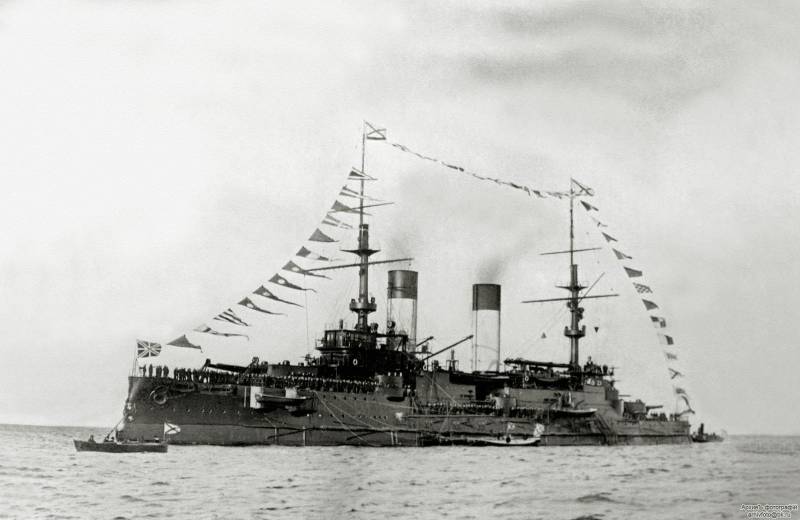
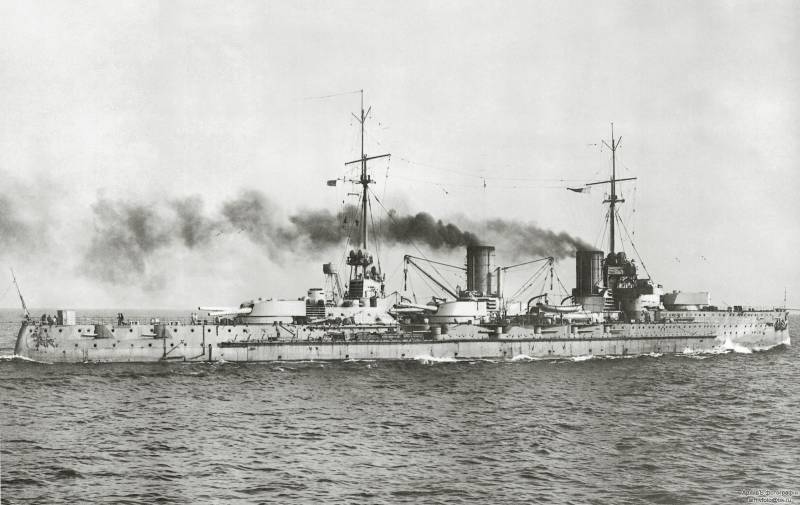
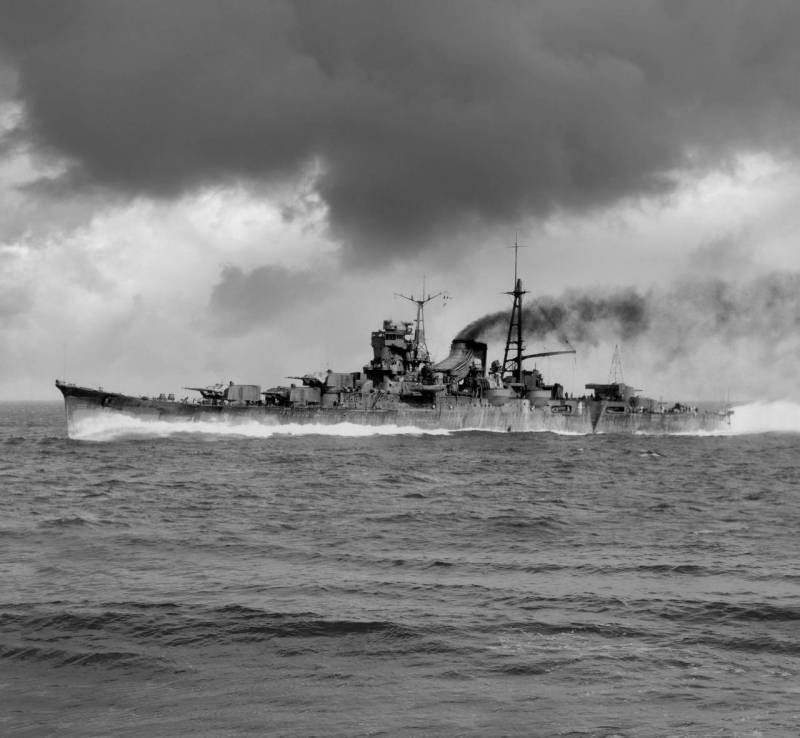
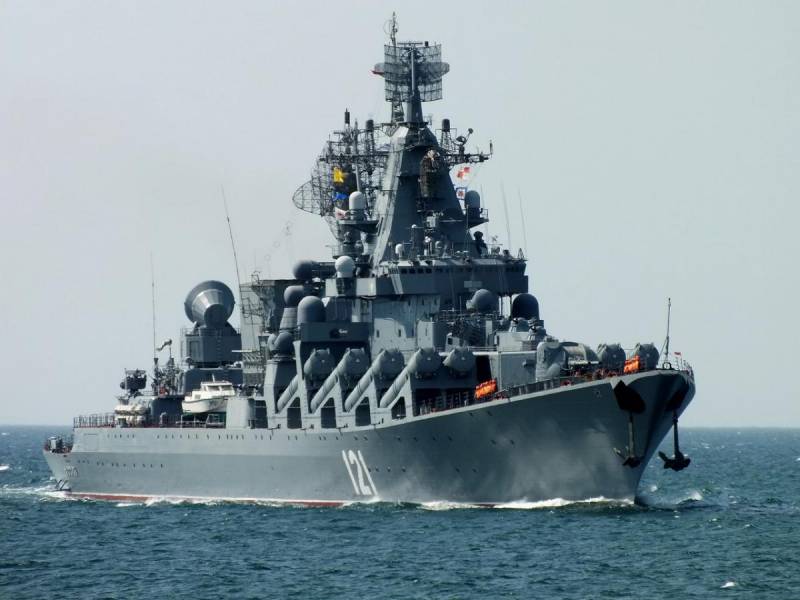
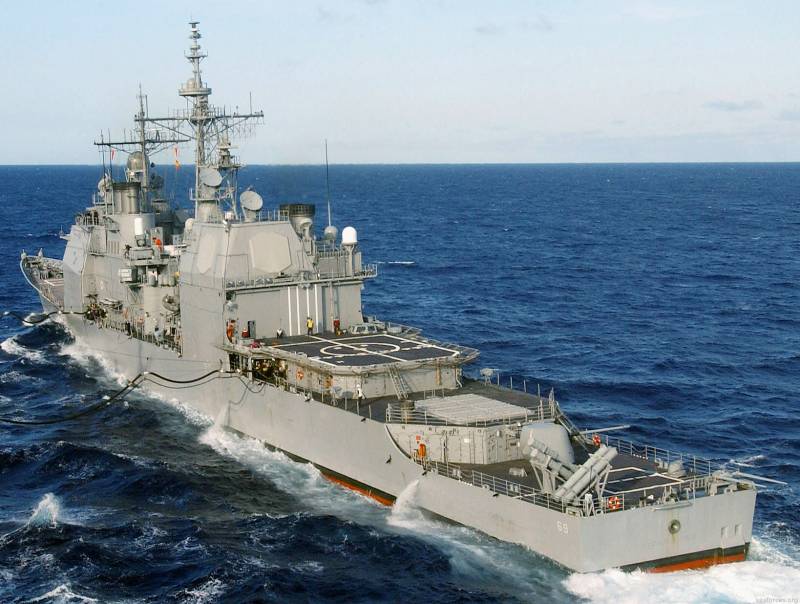
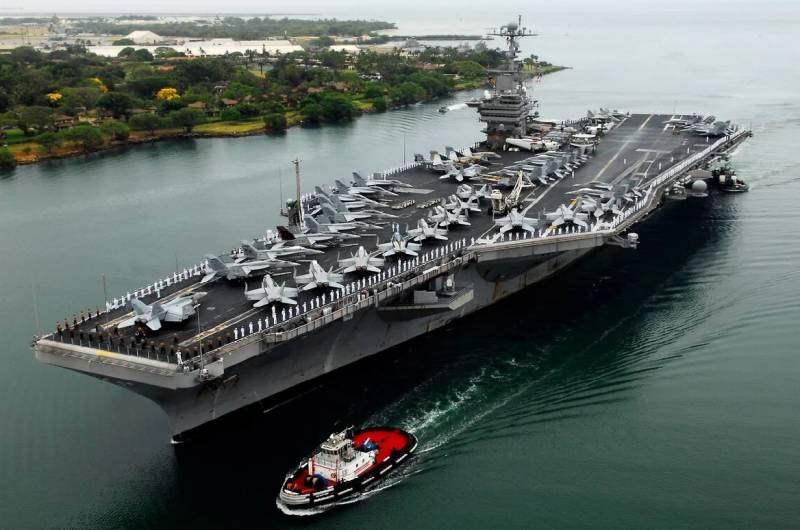
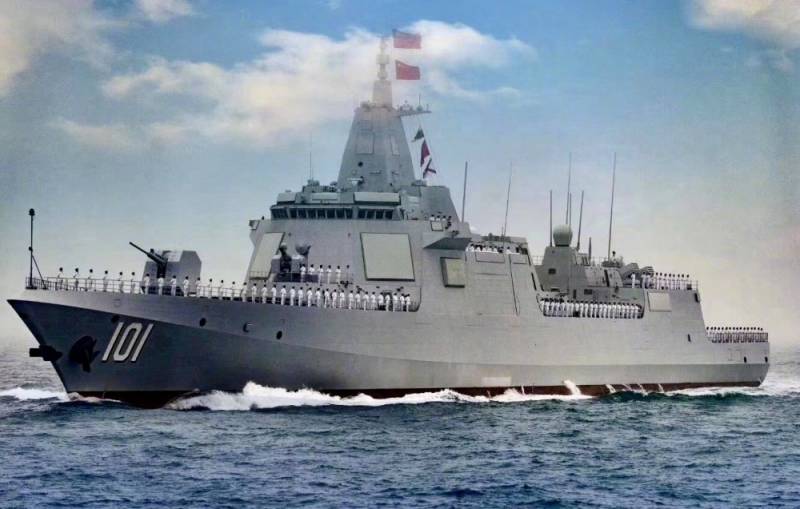
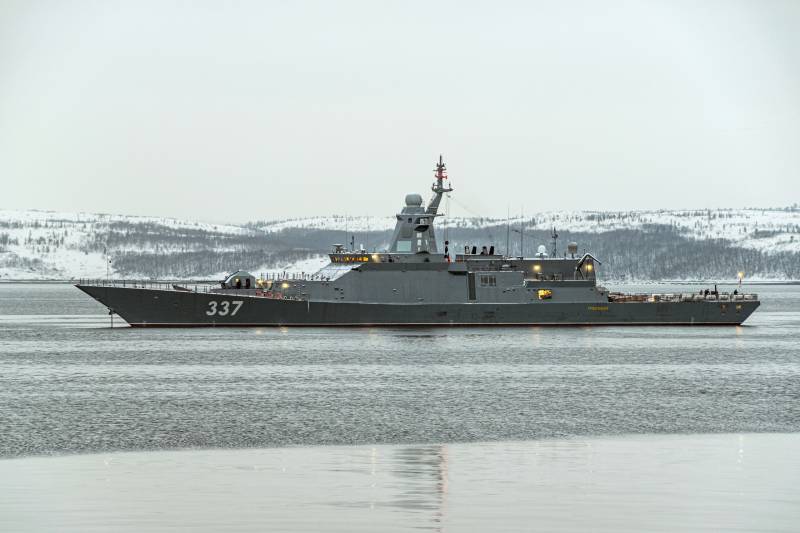
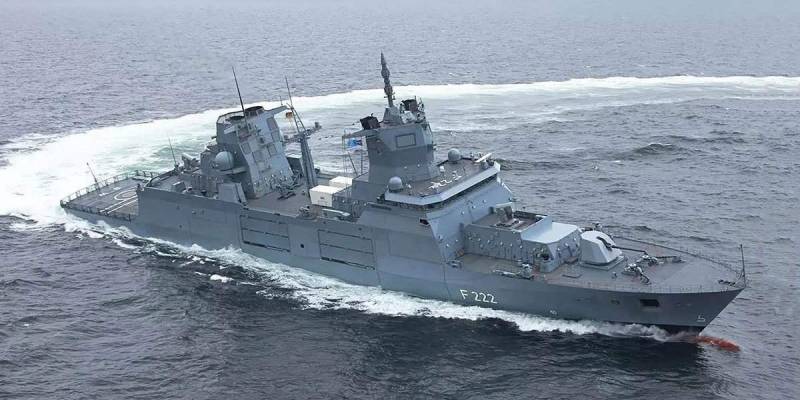
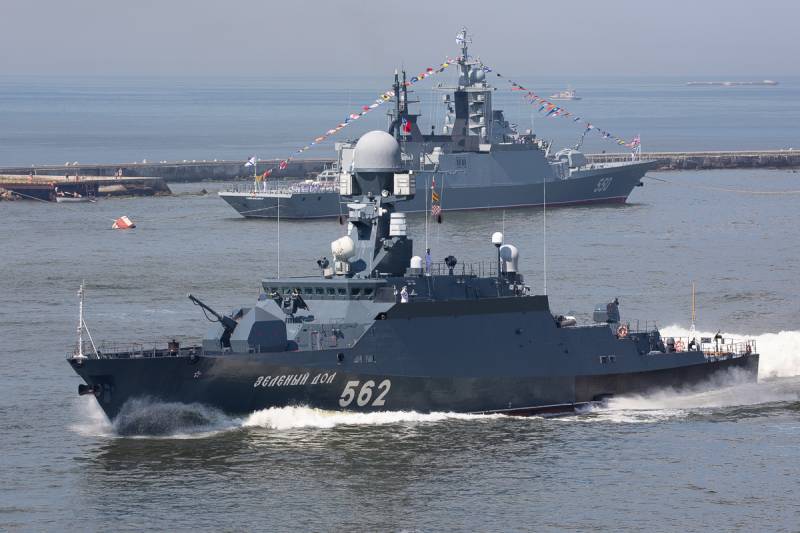
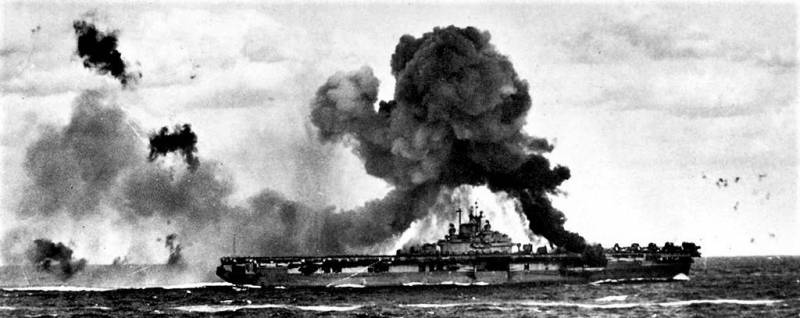
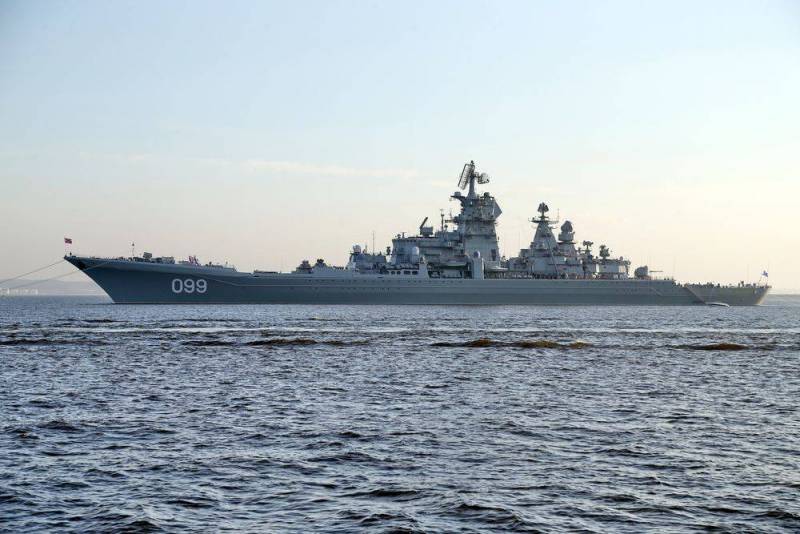
Information